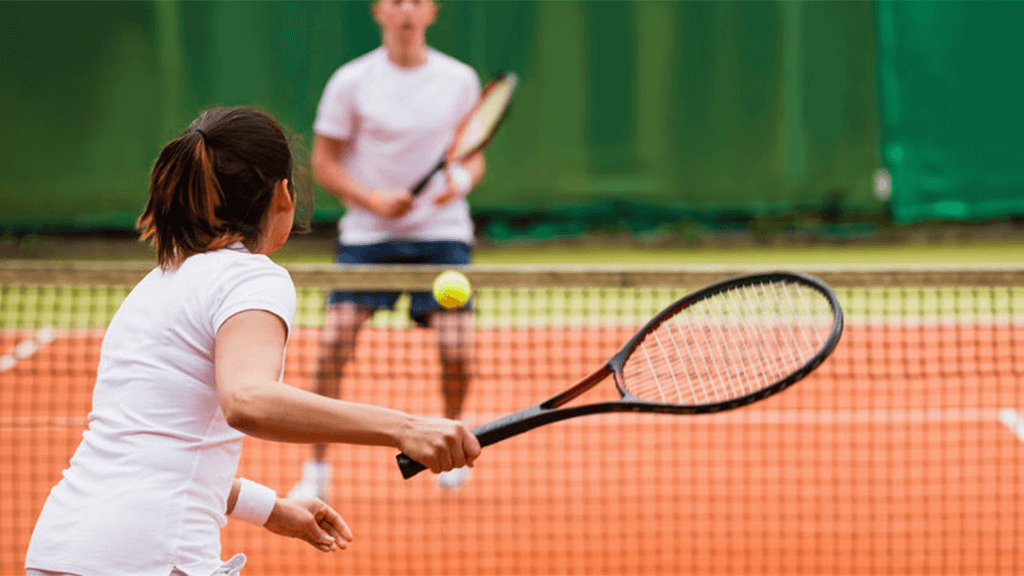
Why is Pilates ACE for tennis ?
With Summer almost here, and the tennis season in full swing (sorry about the pun!), many of us will be dusting off our racquets and hitting the courts.
Tennis is a complex, physically enduring sport that requires a substantial amount of core strength as well as full body power, agility, balance, range of motion, and stamina. So, how can Pilates help reduce the risk of injury, or improve your tennis game (be it at a competitive or social level)?

Everyone who hears the word Pilates associates it with the Core. This describes not only the abdominal muscles but all the muscles that support the spine, helping you maintain your alignment which is key for precise body mechanics in ground movement and stroke execution. Because of the all-encompassing support provided by the core, strengthening it will help prevent injury.
Pilates exercises will also improve your ability to manage the balance between mobility and stability in your shoulder, elbow and wrist joints. The mind-body connection that Pilates employs is so complete that it contributes to mental discipline on the court. Being able to control the breath and mindfully move the body is key in situations requiring mental toughness.
Can Pilates help me treat or prevent Tennis Elbow?
The repetitive motion of a tennis stroke, particularly the backhand, can lead to stress, tearing and inflammation of the muscles and tendons of the wrist extensors. These are the muscles that bend your wrist back and attach to the outside of your elbow. The resulting pain on the outside of the arm near the elbow is indicative of something not only chronic but degenerative.
Pilates can help treat and prevent tennis elbow by methodically stretching and strengthening not only the localised muscles, but the entire body, resulting in much more efficient movement and many more years of play.
Here are some tips for prevention or treatment:
- When performing daily repetitive activities (using a computer mouse, carrying groceries, etc.) make sure your wrist is in a neutral position. This position could be seen as a flat wrist, midway between flexion and extension, and utilizes all supporting muscles uniformly.
- Use light resistance to exercise your wrist extensors, focusing on the portion of the movement that returns your wrist to the starting or neutral position.
- Make sure your wrist flexor and extensor muscles are well stretched and adequately warmed-up before playing or doing any strenuous activity.
- Ensure that your tennis racquet has the appropriate grip size and your string tension is current.
- Tennis elbow also responds very well to Kenesic Myofascial Integration (KMI), which is also offered here at Pilates Connection (you can read more about KMI in our recent blog article HERE.)
If you’d like to find out more about tennis specific exercises in our studio or for KMI information and bookings – please contact Liane on 0400 012 693

Sorry, the comment form is closed at this time.